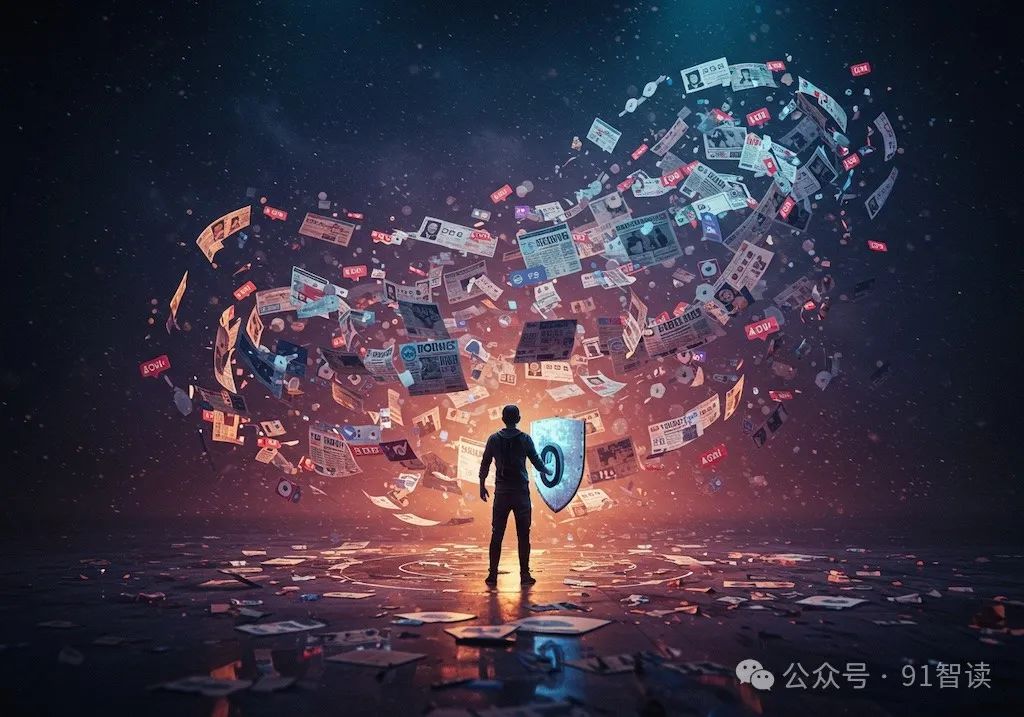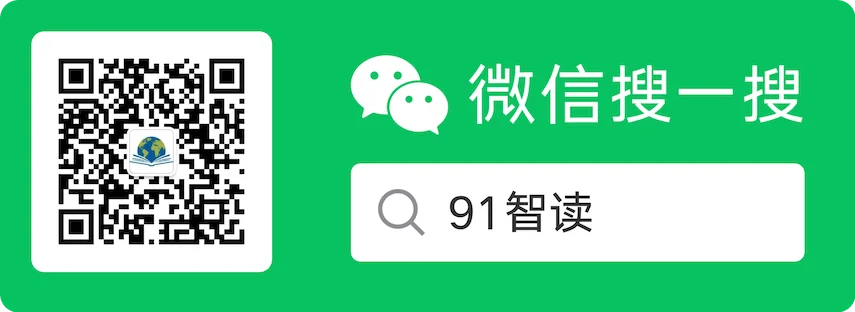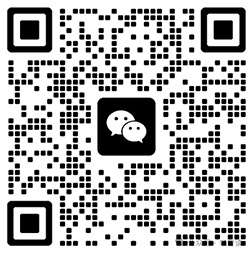Taking Initiative in the Information Age

Every day, we are surrounded by various types of information. Have you ever stopped to think whether this information is something you actively sought out or passively received?
How would you categorize this information? Which is unnecessary, and which is essential for you to know?
Many people may not have seriously considered this question. We are often carried along by the flow of information, even becoming “enslaved” by it without realizing.
Remember the “boiling frog” fable? Isn’t being submerged in the flood of information similar?
Awakening: Taking Initiative
We have free will, but how do we prove it? It starts with our actions.
Eliminating Passive Information
Step 1: Try turning off app notifications
Have you ever thought about turning off your phone’s push notifications for a day to see what happens?
You might think this is a bit bold, even worrying about missing important information. For example, how would you know where your food delivery is without timely notifications?
My suggestion is to try it for one day first.
In most cases, the delivery person will knock on your door when they arrive or call you if they can’t deliver.
After a day, you can reconsider: are there any app notifications you can’t live without? Such as enterprise communication tools like WeChat Work or DingTalk that have high priority.
If you have special needs, you can also adjust notification priorities according to your lifestyle, such as keeping only key applications or using smart filtering tools.
This is our first step in actively controlling information.
Step 2: Clean up subscription accounts
How many subscription accounts do you follow?
Many people might not have counted. If you open the list and take a look, you might be shocked: did I really follow all of these one by one?
Take another look - aren’t more than 50% of them commercial pushes?
This step doesn’t require a complete purge; just clean according to your needs. The purpose is to make yourself aware and reduce unnecessary notification interference.
Step 3: Set do-not-disturb times
Whether using Android or iOS, you can set “Do Not Disturb” mode or “quiet hours.”
For example, 10 PM to 7 AM the next day is sleeping time, you can enable Do Not Disturb mode; you can also try it during work hours so that your work won’t be interrupted by harassing calls or messages, naturally improving efficiency.
After these three steps, passively received information is basically blocked, and what remains is the content we actively seek.
Learning Critical Reading
Actively acquired information is usually what we need.
But even this information should not be accepted without question - it needs to be scrutinized through critical thinking.
Identify the Main Topic and Arguments
When you get an article or report, first look at what core theme the author wants to express.
Then find what arguments the author provides to support the theme, and whether these arguments hold up?
Example: If you read an article titled “Coffee Harms Your Body,” the theme might be “coffee is harmful to health.”
The author’s arguments might be “caffeine causes insomnia” and “drinking coffee increases the burden on the heart.”
You need to think: Is there evidence supporting these arguments? Does this apply to everyone, or just specific groups of people?
Distinguish Facts from Opinions
What in the information is objective fact, and what is the author’s subjective opinion?
What evidence does the author use to support their views? Is the evidence sufficient and persuasive?
Example: In a report, you see “It rained in a certain place yesterday, and many people believe this is evidence of climate change.”
“It rained yesterday” is a fact, “this is evidence of climate change” is an opinion.
The author might cite rainfall data (evidence), but you should ask: can one rainfall prove climate change? Is the evidence comprehensive enough?
Assumptions and Biases
What assumptions are in the information?
Does the author have biases?
Are there logical gaps or important perspectives missing in the argumentation process?
Example: A WeChat article says “young people don’t like to save money, they only like to consume.”
This assumes “all young people are like this,” but in reality, some save money while others spend.
The author may have only interviewed a few consumption-loving people (bias), ignoring those who save money, making the argument seem one-sided.
Information Quality
When we take initiative, we must first learn to categorize information.
Types of Information
News
Including news events, current affairs reports, latest news, etc., usually with timeliness and dynamics.
For example, celebrity gossip and various “drama” all belong to this category.
Knowledge
Covering systematic, theoretical content in fields such as science, history, literature, and technology.
This type of information helps with personal ability improvement and mental growth but also requires more energy and focus.
Sources of Information
New Media
Information from internet carriers such as Weibo, WeChat, and social media feeds are all considered new media.
Books
Formal publications, including e-books and physical books, usually the crystallization of the author’s thoughts and practices.
Social Interaction
Chatting with friends, gathering with colleagues, online or offline ways people exchange information.
Large Language Models (LLM)
AI that has emerged in recent years, more accurately called “large language models” (LLM).
It contains massive human knowledge accumulated throughout history (excluding content restricted by copyright).
For example, you can use AI to translate foreign materials or directly ask about core knowledge points in a certain field to quickly get started and filter quality information.
Through the sorting of information types and sources, we can draw a simple conclusion:
- Try to view less news-type information and more knowledge-type content
- Prioritize reading books, followed by communicating with AI to obtain information useful to you
Information Cocoons
The concept of “information cocoons” was proposed by Cass Sunstein in “Information Utopia,” referring to people who only pay attention to information they choose or that pleases them, thereby forming a closed information system.
For Chinese readers, there is a huge “cocoon” that might be easily overlooked—Chinese language.
Including ways of thinking, communication habits, and reading content, most people only focus on Chinese information, rarely touching the non-Chinese world.
According to Wikipedia’s [1] statistics on internet content languages, Chinese accounts for only 1.1% of the global internet (data based on the latest statistics from March 2025).
Yes, not 10%, and certainly not 18% which would be proportional to the population, but only 1.1%, ranking 13th globally.
The reasons behind this are, on one hand, the global nature of the internet, and on the other hand, the closed nature of Chinese platforms making content difficult to be internationally counted.
In any case, this reminds us: breaking through language limitations, especially by reading non-Chinese books, is key to obtaining broader information.
Conclusion
After saying all this, I actually want to remind you: time is precious, focus is even more precious.
Please don’t waste your valuable focus on “passively received information” or “arguments without right or wrong.”
Read more non-Chinese materials and books; if your English isn’t good enough, you can use AI to assist with translation or questions.
91 Wisdom Reading
Out of concern for the flood of information and consideration of information quality, I decided to launch the “91 Wisdom Reading” project: Collecting good books from around the world, reading them with critical thinking, and then sharing them with you in Chinese.
If you feel a book is helpful to you, you can read the original or use AI to learn more about related information.
👇Scan the QR code with WeChat, follow “91智读” for daily updates and grow together.

👇Feel free to add me on WeChat to share stories about personal growth.
